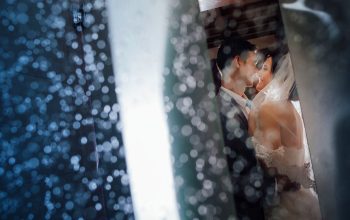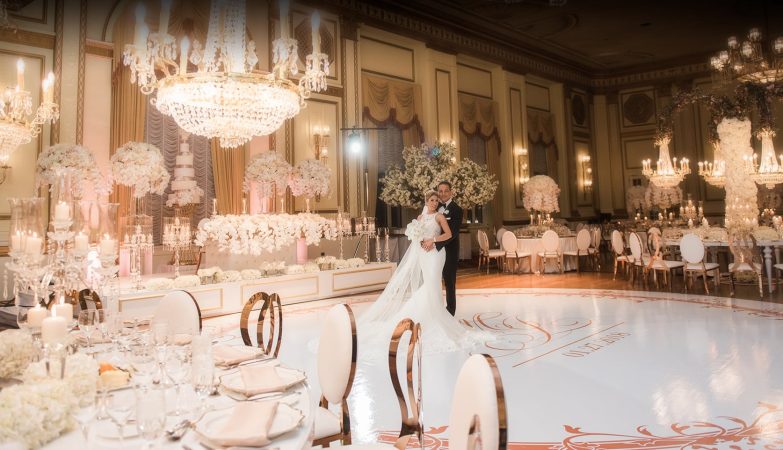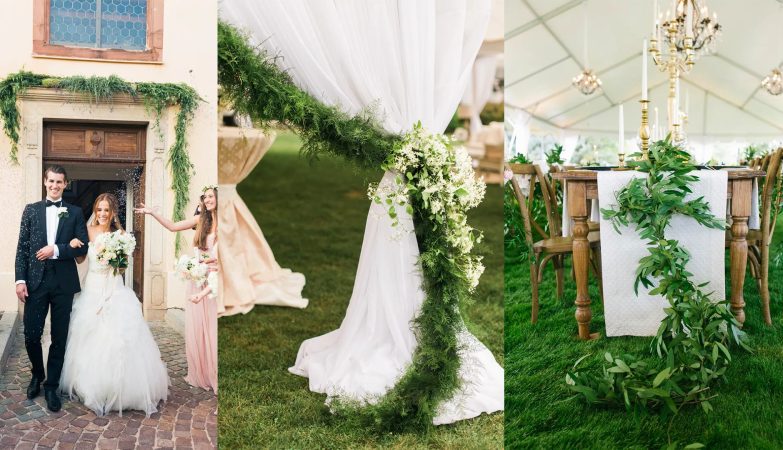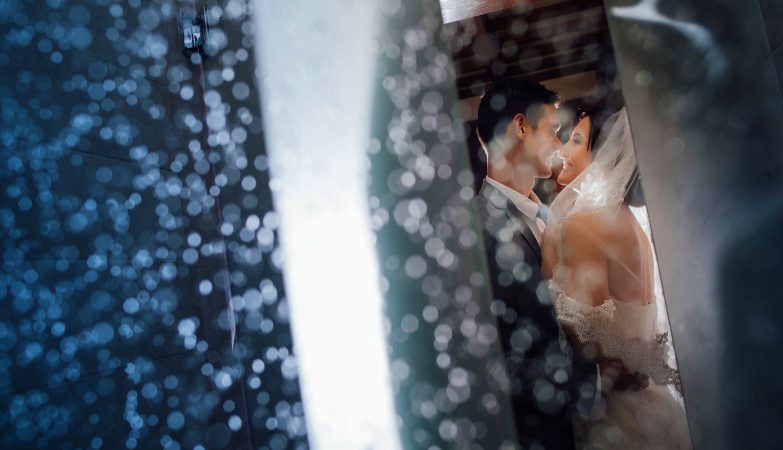
If you’re serious about photography, then you surely know what you need to make outstanding images. And no, I’m not talking about your camera. As I’ve stressed before, understanding composition is the key to powerful photographs which convey meaning and emotion.
However, I do realize composition could be overwhelming at the start. All this talk about rule of thirds, depth of field, cropping, framing the object… how is one supposed to remember everything?
Well, I can’t really give you a shortcut to mastering composition. It will take you time, hard work and a lot of trial and error. But here’s a checklist of all the composition basics you should know if you (want to) shoot landscape photography.
Re-read it every once in a while. Or print it out and put it somewhere you’ll see it daily. With time the points below will become questions you’ll be asking yourself before each shot.
The Basics Of Composition For Landscapes
Before pressing the shutter button and/or in post-production, see if your image has the following:
An Obvious Object Of Interest

When looking at your image, the viewer should immediately be drawn to the object of interest. It’s true that anything can be an interesting photographic object if shot in a flattering way. But make sure your frame contains no clutter that bars the way to the point of focus.
Pay special attention to the corners of the frame – you don’t want anything that doesn’t add value to your photograph there.
Straight Horizon

An absolute must in landscape photography but in portraits too. The human brain is wired in such a way that it can notice even a slight tilting of the horizon.
The good news is you can (almost always) straighten the horizon in your chosen editing software. Additionally, some cameras have built-in tools (the virtual horizon) that help you determine whether the horizon is straight or needs some correction – all before taking the shot.
A Sense Of Scale

Sometimes you can’t tell if you’re seeing a small rock or a huge boulder in an image. That’s why it’s important to fit an element in the frame that gives a sense of scale. You want to show how huge a lake is? See if you can add a boat, a person or a building on its shore.
No people around you? Adjust your settings and step into the frame. Many landscape photographers do it to add both scale and personal touch to their photos.
A Good Arrangement Of The Objects Of Interest

You surely know about classic rules of composition such as the Rule of Thirds or the Golden Ratio (or The Golden Spiral). If you arrange the elements in the frame in accordance with either of the rules, you’re bound to create a visually appealing image that easily transports the eye of the viewer to the right places.
Leading Lines

Leading lines are especially powerful when used in landscape photography. These are natural (or manmade) lines, or curves, you can fit into the frame in such a way that they immediately draw the eye of the viewer to the point of interest. Think of paths, bridges, roads, long rows of flowers etc.
Clean Foreground
In landscape photography you usually place the object of interest somewhere in the middle ground. It’s really important, then, that you have clear foreground which will not distract the viewer.Unless you use foreground elements like branches to frame your object, try to move your camera and take your photograph without them in view.
Sharpness

You might think it’s obvious, but it’s always a good idea to check the sharpness of your frame twice after hitting the shutter button. With landscapes, in most cases, you want maximum sharpness across the whole frame so make sure you selected the right aperture value, and you nailed the depth of field.
Use the zoom button of your camera to check if the capture is sharp after you took a shot. You don’t want to open it in Photoshop or Lightroom later and realize you need to go back to the same place again because the image is not sharp enough. Of course, if you’ve intentionally decided to have your scene blurred, just go ahead. Anything in photography is allowed for the sake of your concept.
No Set Rules
After writing all this, let me add: most of these are not set rules. As I said above, you don’t always have to make your object super sharp. You don’t have to always follow the Rule of Thirds of the Golden Ratio. And hey, you can even have branches in the foreground!
What’s important is that all elements of your frame serve your artistic purpose. If you can’t achieve it using the rules, then simply break them.
originally posted on phototraces.com






